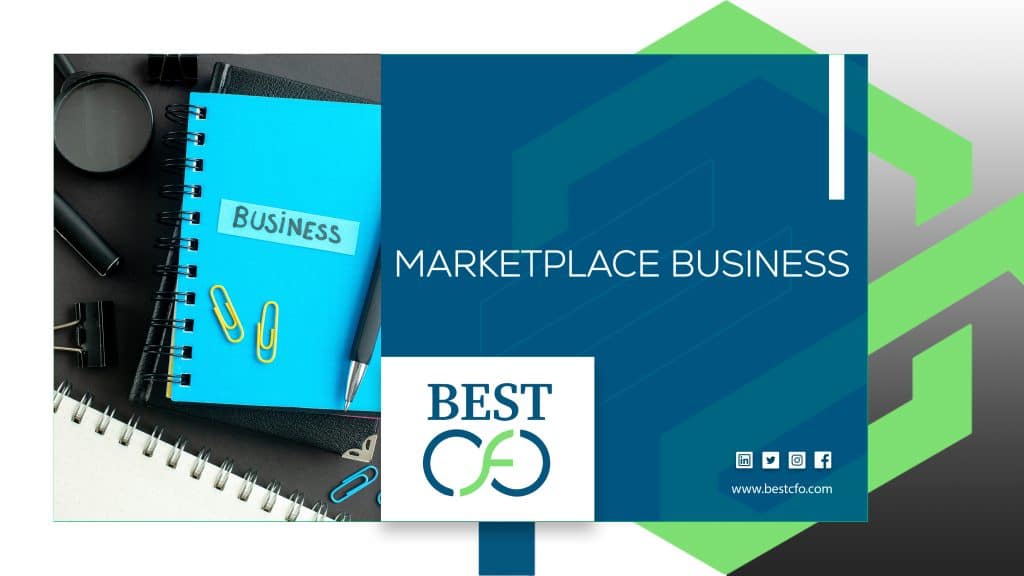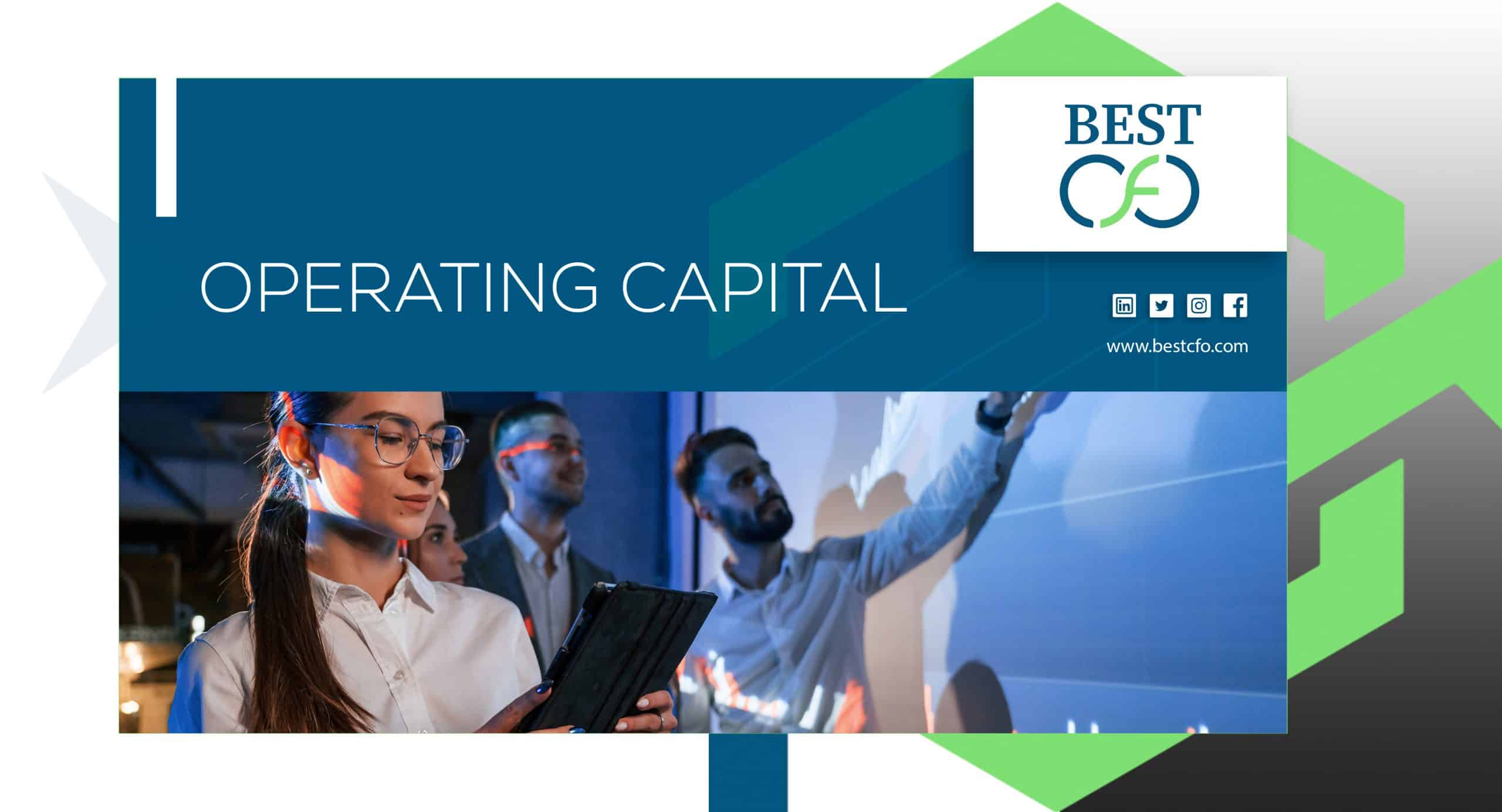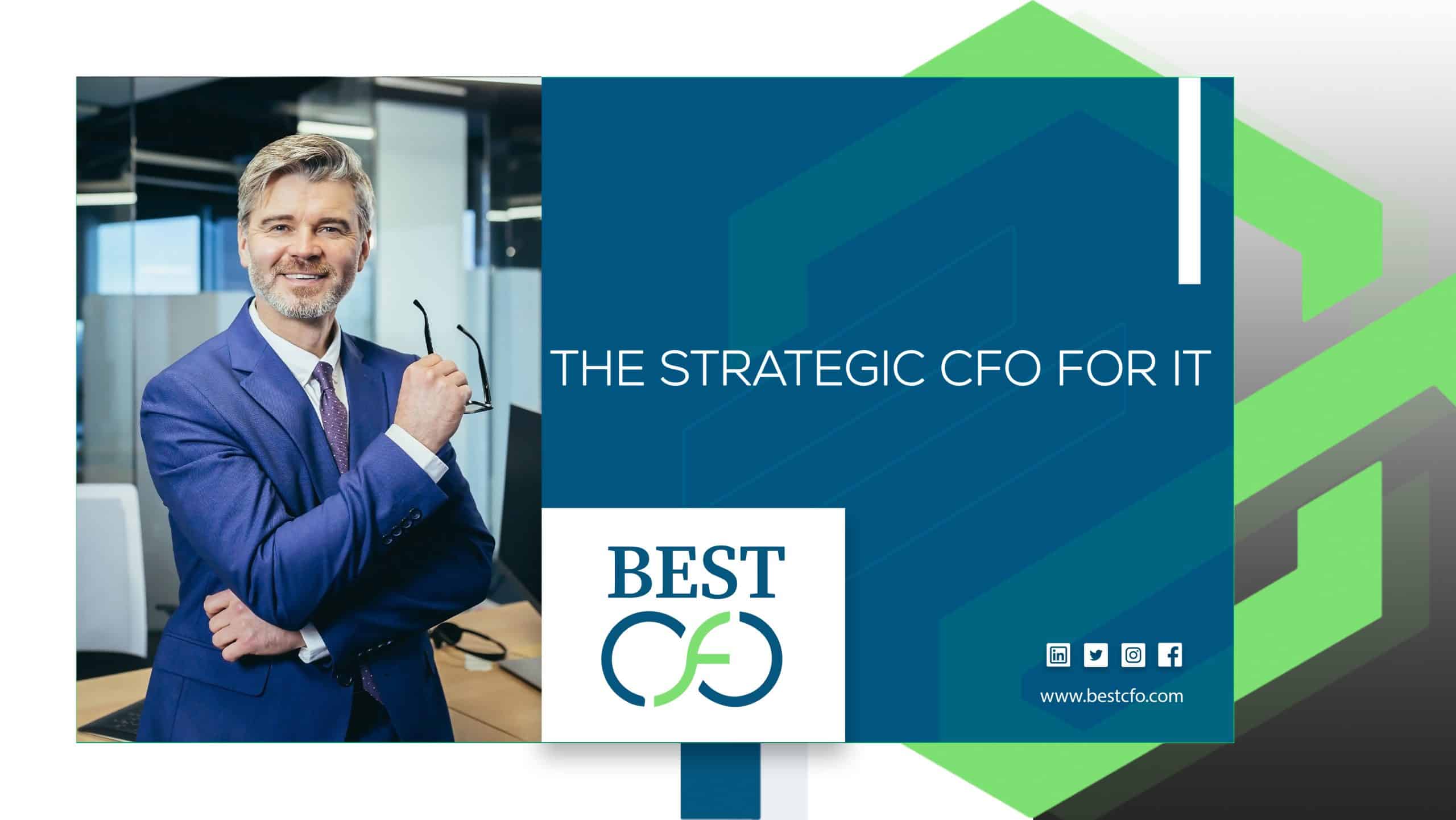
| Getting your Trinity Audio player ready... |
How to Scale a Marketplace Business: A Growth Blueprint
Imagine a world where you can book a ride, order dinner, or find a handyman—all through your phone. That’s the magic of marketplace businesses like Uber, Airbnb, Etsy, and TaskRabbit. These platforms connect people who want to buy with people who want to sell, offering unmatched convenience and speed. But while these companies make it look easy, growing a marketplace business is no small feat.
Scaling a marketplace means solving the classic “chicken-and-egg” problem, building trust, keeping both buyers and sellers happy, and doing it all in a way that makes money. If you’ve ever wondered how these platforms grow from local services to global powerhouses, you’re in the right place.
In this guide, you’ll learn:
- Why scaling an online marketplace is challenging
- The right steps to prepare your business for growth
- Proven strategies to drive scale
- How to tackle common roadblocks
Let’s dive into what makes marketplaces so different and how you can grow yours smartly.
Understanding Marketplace Dynamics
Marketplaces are two-sided platforms. You need sellers who offer a service or product, and buyers who want them. This creates a network effect—the more users on each side, the more valuable your platform becomes. Think of Amazon, Airbnb, or Craigslist. As more users join, everyone benefits.
The goal is to boost liquidity, meaning buyers can quickly find what they want, and sellers can make sales fast. Without liquidity, users leave.
Key Metrics to Track
To know if your e-commerce platform is growing the right way, watch these numbers:
- Buyer/Seller Ratio: A healthy balance avoids over- or under-supply.
- Retention Rates: Repeat users show long-term value.
- Gross Merchandise Value (GMV): Total value of transactions.
- Take Rate: Your cut from each sale—important for revenue.
- CAC vs. LTV: How much you spend to get a customer (CAC) vs. how much they earn you over time (LTV).
Common Challenges in Scaling
- Balancing Supply and Demand: Too many sellers? Buyers get overwhelmed. Too few sellers? Not enough options.
- Maintaining Quality: More users can mean more problems.
- Fraud and Trust Issues: Marketplaces like Zillow and Thumbtack invest heavily in safety tools.
Pre-Scaling Foundations
Before trying to scale, make sure your marketplace is rock-solid:
Product-Market Fit
Are people using your product without you pushing them? Do they return often? If yes, you likely have product-market fit.
Prove Real Demand
Look for signs of early traction—like repeat customers or organic growth. Platforms like Postmates and Instacart started by solving small but clear problems.
Liquidity in a Niche
Big platforms often start small. Airbnb began with air mattresses during a conference in San Francisco. Focus on one geography or service area and dominate it first.
Strong Unit Economics
Make sure your transactions make money:
- Your contribution margin (revenue minus variable costs) should be positive.
- You should earn back your CAC in a reasonable time.
Build Trust
People won’t use your platform if they don’t feel safe. Add:
- Ratings & Reviews
- ID Verification
- Secure Payments
Tech That Can Grow
You need automation and solid infrastructure to scale. Platforms like OpenTable and Uber Eats use AI to handle demand, fraud, and onboarding.
Growth Strategies to Scale Your Marketplace Business
Here are some growth strategies to scale your marketplace business:
Solving the Chicken-and-Egg Problem
You have two choices:
- Supply First: Recruit sellers with perks—think discounts or guaranteed income (Uber did this).
- Demand First: Attract buyers with deals, content, or even fake listings (called “phantom inventory”).
Uber famously gave early drivers set earnings, ensuring they stuck around even if rider demand was low.

Boosting Liquidity in Key Markets
- Geographic Focus: Start with crowded cities like New York City, Chicago, or Seattle.
- Vertical Expansion: Add related services—like how Uber added Uber Eats.
- Time-Based Liquidity: Use tools like surge pricing to manage busy times.
Leverage Network Effects
- Referral Programs: Like Dropbox, reward users for bringing friends.
- Community Building: Create forums or loyalty clubs.
- Cross-Side Incentives: Give bonuses to top sellers and discounts to new buyers.
Optimize Operations
- Automate Onboarding: Speed up user signups.
- Dynamic Pricing: Use smart tools to adjust prices.
- Fraud Detection: Use AI and human review.
Retain and Engage Users
- Personalization: Show users items they like.
- Gamification: Badges or leaderboards to boost engagement.
- Subscriptions: Think Amazon Prime—predictable income + loyalty.
Smart Monetization
- Commission Model: Take a cut from each sale.
- Add-ons: Listing fees, ads, or seller subscriptions.
- Only raise fees when your marketplace is liquid enough to handle it.
Advanced Scaling Tactics To Scale Marketplace Business
International Growth
Go global by:
- Using local payment and marketing tools
- Partnering with regional players
Acquisitions & Partnerships
- Buy smaller platforms (like eBay has done).
- Integrate APIs to expand your reach (like Shopify + eBay).
Automation and AI
- Chatbots for help
- Forecasting tools for demand
Brand Building
- Content marketing (blogs, videos)
- Work with influencers and run PR campaigns
Overcoming Common Scaling Challenges
As you grow, more problems will pop up:
- Keeping Quality: Use moderation tools and set performance tiers.
- Following Laws: Some places have strict rules—like Uber with taxi laws.
- Staying Competitive: Stand out with better design, niche focus, or user experience.
- Cash Flow: Don’t overspend; find the balance between fast growth and steady income.
Conclusion
Scaling a marketplace takes smart planning, strong systems, and patience. Whether you’re building the next Craigslist, Grubhub, or Alibaba Group, the key is to create value for both buyers and sellers while growing at a pace your business can handle. Use the tips above to boost trust, improve liquidity, and unlock your platform’s true potential.
If you’re ready to scale a marketplace business, having the right tools and finance systems in place is a must. That’s where services like Best CFO can support you in making smarter decisions with your money, tracking growth, and staying ahead of the curve.
FAQs
1: What is the chicken-and-egg problem in marketplace businesses?
It’s the struggle to get both buyers and sellers when you’re starting. You need both to make the platform useful.
2: Why is liquidity important?
Liquidity means users quickly find what they need. It makes your marketplace more valuable and keeps people coming back.
3: How can I keep quality as my platform grows?
Use ratings, reviews, verification steps, and track seller/buyer behavior to spot issues early.
4: When should I expand to new cities or countries?
Once you’ve mastered a local market and your systems can handle more users, you can scale outward.
5: What’s the best monetization model for a marketplace?
Start with transaction-based fees. Later, explore ads, subscriptions, or premium listings.
Related Posts
Organic vs Inorganic Marketing: Pros, Cons, and Best Use Cases
Organic vs Inorganic Marketing: Pros, Cons, and Best Use Cases When it comes to growing…
What Is Operating Capital and Why Is It Important?
What Is Operating Capital and Why Is It Important? Are you ready to dive into…
How to Scale a SaaS Business Without Losing Your Customers?
What Are the 5 Sources of Funding? So, you’ve got the dream. The vision. The…
What Are the 5 Sources of Funding?
What Are the 5 Sources of Funding? So, you’ve got the dream. The vision. The…
 Demos
Demos  Colors
Colors  Docs
Docs  Support
Support 














